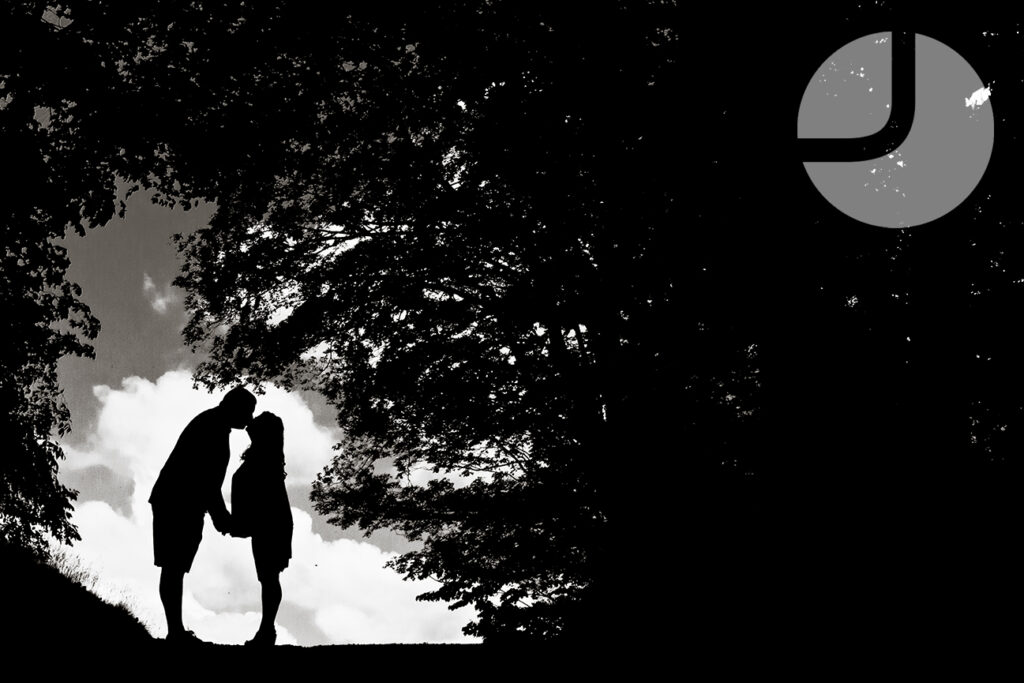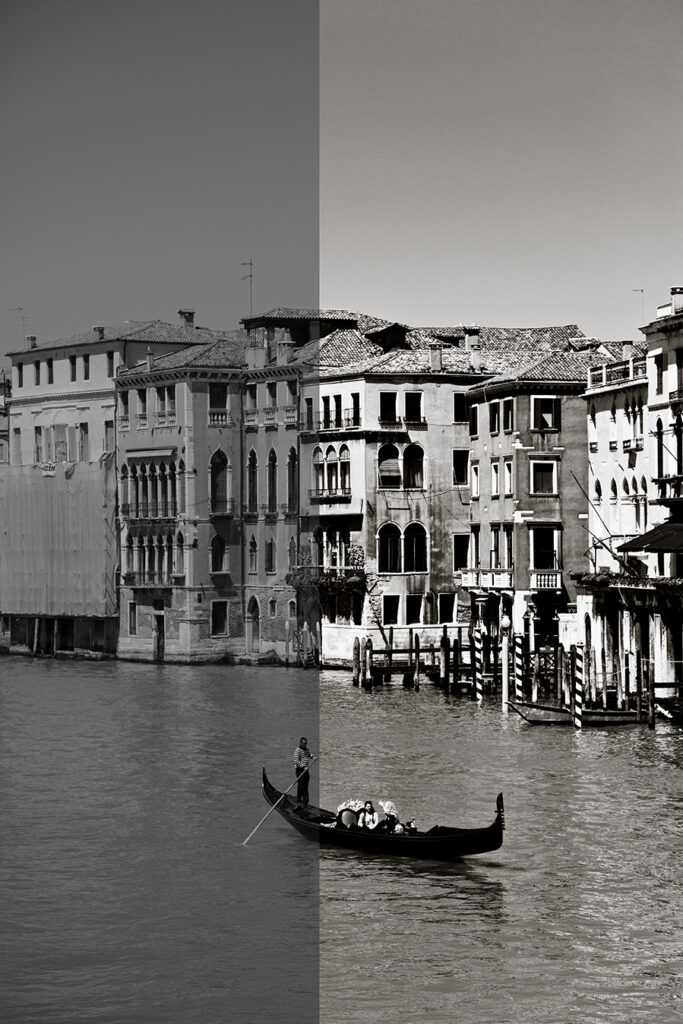
Buckle up, because today you are getting a short history lesson on black + white photography and there may or may not be a quiz later on. It will be open book though so don’t stress about it too much.
Anyway, let’s start by rewinding back to 1820 when the first permanent photograph was created by Joseph Nicéphore Niépce. Now if you have guessed that the print was in black + white you’ve already passed the quiz (I will also accept the term “monochrome”). Now sit tight and be quiet while everyone else is figuring out the answer.
Believe it of not, photographing in colour started a few decades later in the 1850s but usually only with a single colour like browns and sepias. Cyanotypes came by a little later with some hues of blues. The first successful colour process, however, became available in 1907 thanks to Auguste and Louis Lumière of France (and you thought they just gave the world baguettes and the metric system).
Proper full colour photography didn’t come along until Eastman Kodak introduced Kodachrome in 1935. It was actually two musicians that helped develop it but you can follow the aforementioned link and do the research because I’m writing a blog here, not a novel.
Now I know you’re thinking, get to the point already, Jason, my lunch break is only half an hour. Fair enough. My point here is that monochromatic images are the cornerstone of this discipline and we are still seeing truly awful black + white images. Although we have amazing processing tools at our disposal, we have yet to completely eradicate those murky, flat photos that look like the photo was taken in an ashtray of a poker game.
I’m sure I’ve griped about this before but photo filters are the scourge of modern society. Please, please, please stop using them. Most of these “tools” do nothing than strip the saturation and tonality out of the photo resulting in an image as exciting as a mortgage renewal.

Great black + white photography is exactly that – great blacks and whites – not a swampy stew of grey garbage. There should be beautiful balance of contrast where the black is as inky as deep space and the white is like looking into the core of a star. So say “no” to filters and “yes!” to playing with those contrast, exposure and brightness values when you are experimenting with your pictures. You’ll be so proud you won’t hesitate to say it out loud. People will think you’re mental but they will be so impressed with your superb black + white photo it won’t even matter.

Top photo shot at the picturesque Scottsdale Heritage Farms in Halton Hills, Ontario.
Centre photo taken in the one and only Venice, Italy.
Bottom photo of rhyme dynamo MiQ The Burb Boy shot at MDC Music Studios in Etobicoke, Ontario.
